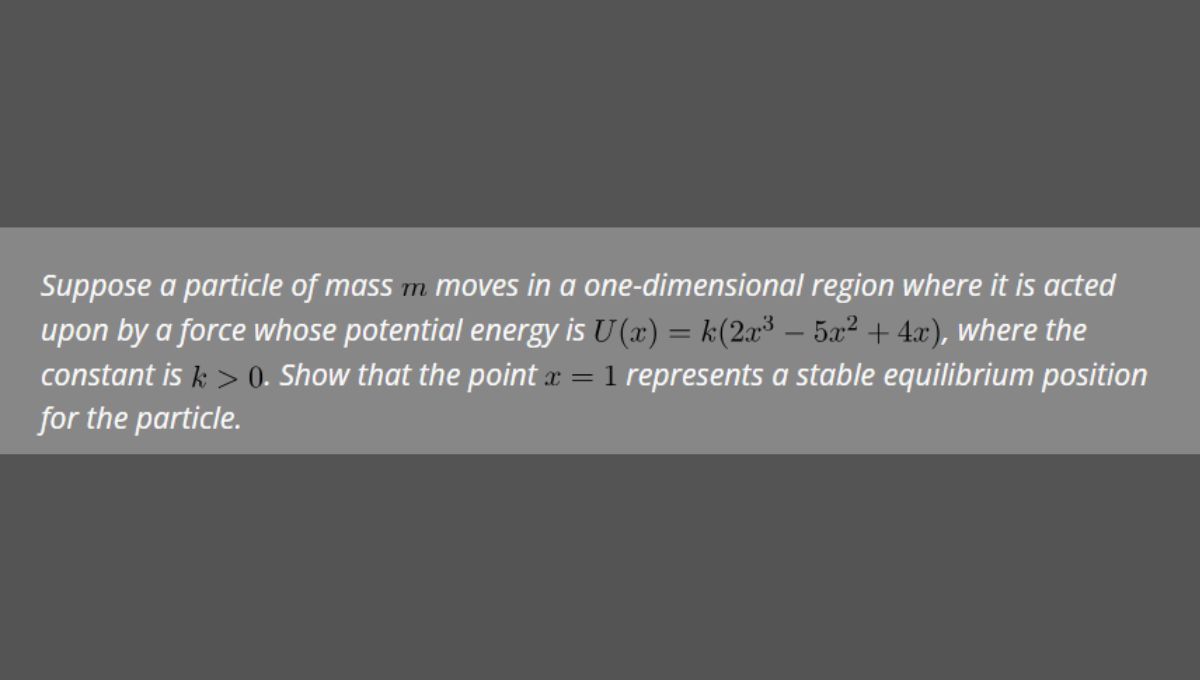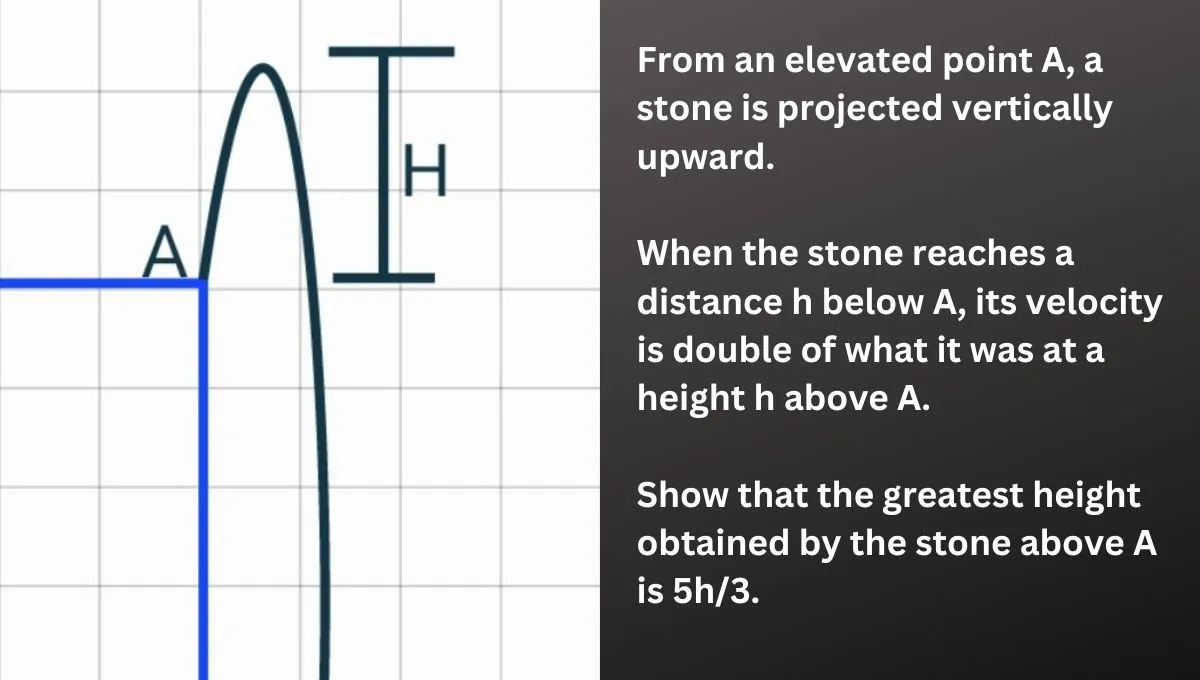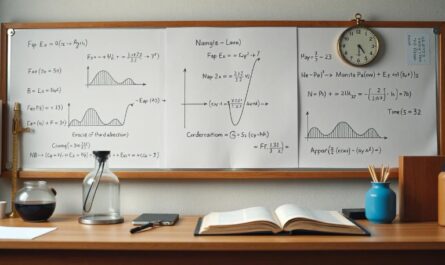Consider a particle of mass m moving in one dimension under a force with the
potential ![]() , where the constant
, where the constant ![]() . Show that
. Show that
the point ![]() corresponds to a stable equilibrium position of the particle.
corresponds to a stable equilibrium position of the particle.
Answer:
To determine the stability of equilibrium at a point, we will analyze the force acting on the particle and investigate the curvature of the potential energy function at that point.
Step 1: Determine the force acting on the particle
The force ![]() acting on the particle is equal to the negative derivative of the potential energy
acting on the particle is equal to the negative derivative of the potential energy ![]() :
:
![]()
First, find the derivative of ![]() :
:
![]()
Therefore, the force is:
![]()
Step 2: Determine the equilibrium conditions Do
At equilibrium, the total force on the particle is zero:
![]()
Since ![]() , we can simplify the equation:
, we can simplify the equation:
![]()
Simplify the equation by dividing it by 2:
![]()
Step 3: Find the values of 
Use the formula for a quadratic equation:
![]()
Where for ![]() :
:
Calculate the discriminant:
![]()
Now calculate the values:
![]()
This gives the equilibrium conditions:
Step 4: At  Determine the nature of the equilibrium
Determine the nature of the equilibrium
To check stability at ![]() , evaluate the second derivative of the potential energy function:
, evaluate the second derivative of the potential energy function:
![]()
At ![]() , evaluate:
, evaluate:
![]()
Since ![]() , therefore:
, therefore:
![]()
The positive second derivative indicates that the potential energy function has a local minimum at ![]() . Therefore, at this point the particle is in a stable equilibrium.
. Therefore, at this point the particle is in a stable equilibrium.
Additional analysis: equilibrium at 
For completeness, analyze stability at ![]() :
:
![]()
Since ![]() , therefore:
, therefore:
![]()
The negative second derivative indicates that the potential energy has a local maximum at ![]() , indicating an unstable equilibrium.
, indicating an unstable equilibrium.
Conclusion
By analyzing the potential energy function and its differentials, we have shown that:
 is a stable equilibrium position (local minimum of
is a stable equilibrium position (local minimum of  ).
). is an unstable equilibrium position (local maximum of ( U(x) )).
is an unstable equilibrium position (local maximum of ( U(x) )).
Understanding Stability through Potential Energy
Stable equilibrium occurs when the potential energy is minimum, since small displacements generate restoring forces that push the particle back towards the equilibrium position. In contrast, at the maximum of potential energy, any small displacement moves the particle away from equilibrium, which characterizes unstable equilibrium.
References:
- The relationship between potential energy and stability is discussed in textbooks of classical mechanics.
- In differential calculus, the second differential test is used to determine the minimum and maximum.
Note: This analysis assumes that ![]() is a positive constant, which affects the sign of the curvature of the force and potential energy functions.
is a positive constant, which affects the sign of the curvature of the force and potential energy functions.



